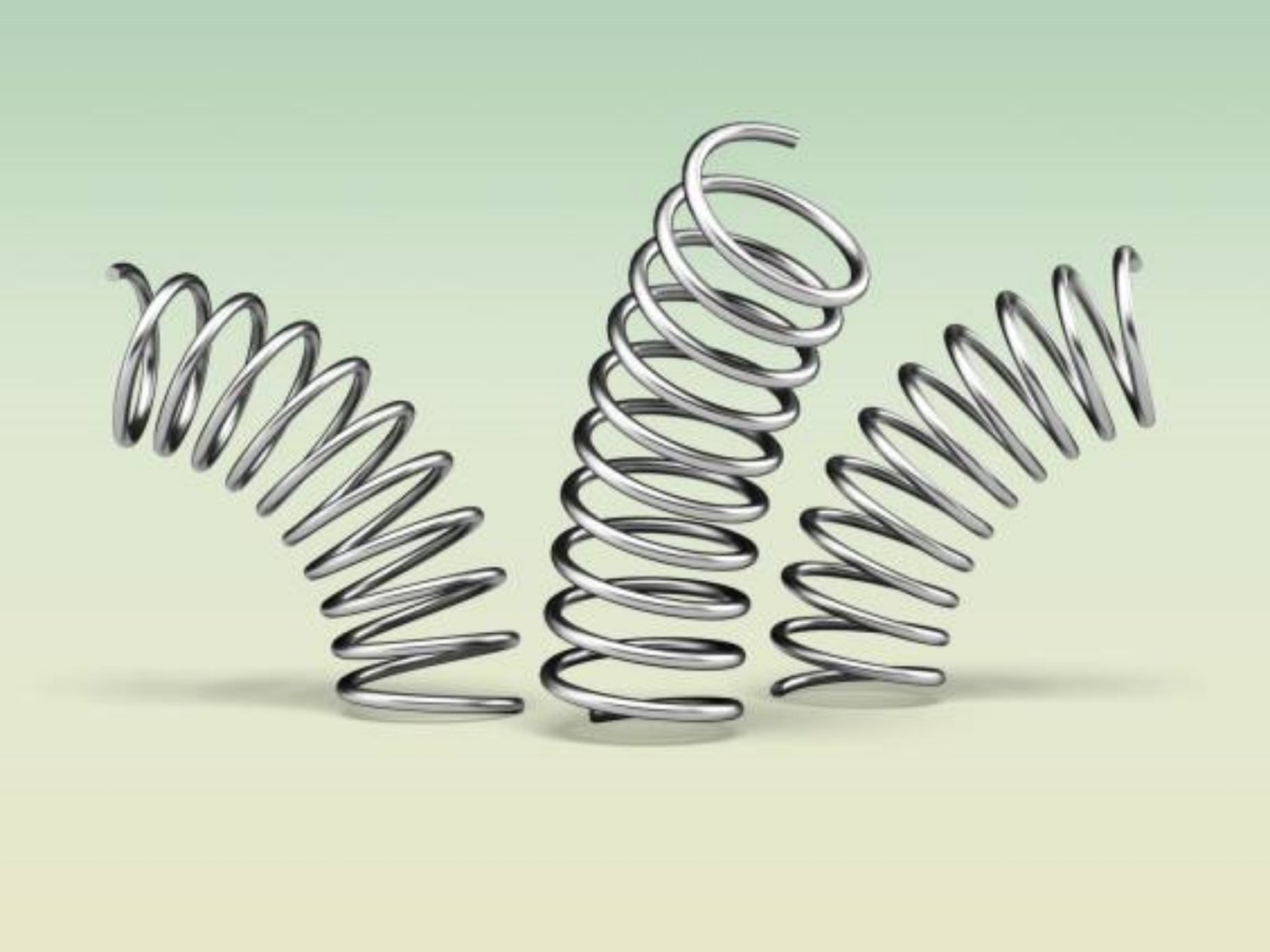Understanding the Differences Between Compression and Tension Springs
Both compression and tension springs are essential components in various applications. They can be found in a wide range of products like mechanisms, engines, and machines, among others. Despite performing similar functions, there are distinctive differences between these two types of springs. Here is what you need to know about compression and tension springs:
What Are Compression Springs?
A compression spring is a mechanical component that is designed to withstand compressive forces. It is made of helically coiled wires that tend to remain compressed when force is applied. They are common in products like ballpoint pens, mattresses, and industrial equipment, among others.
What Are Tension Springs?
Tension springs, also known as extension springs, are designed to offer resistance to stretching forces. They are manufactured using the same helically coiled wire as the compression springs but in an extended form. They are commonly used in products like trampolines, garage doors, and screen doors, among others.
Key Differences Between Compression and Tension Springs
Functionality
The fundamental difference between compression springs and tension springs is the manner in which they react to the forces they are subjected to. Compression springs resist external force that tends to compress them while tension springs resist external force that tends to extend them.
Manufacturing Process
The manufacturing process of compression and tension springs is fundamentally the same. It involves the use of a wire coiling machine to coil the wires into the desired shapes. The difference comes in the subsequent heat treatment processes to adjust the wire to its final form.
Design
Tension springs are longer and thinner compared to compression springs. This design is influenced by the manner in which the two types of springs react to different forces. Compression springs are short and heavy due to the compressive forces they need to withstand.
Applications
Compression springs are commonly used to hold two parts together or maintain tension between them. These springs are suitable for products that require a high level of force like shock absorbers and clutches. Tension springs, on the other hand, are commonly used to retain two parts together or maintain compression between them. They find applications in retractable cords and trampoline springs.
Direction of Force
Compression springs are designed to withstand axial loading, while tension springs are designed to withstand radial loading. Axial loading refers to the application of a force in the direction of the spring axis, while radial loading refers to the application of a force in a direction perpendicular to the spring axis.
Configuration
Compression springs can be designed with open or closed ends, while tension springs are generally designed with closed and ground ends. This design enables the tension spring to have a higher initial tension to provide a more stable load-bearing structure.
Strength
The strength of compression springs can be measured by the force required to compress them to the desired length. On the other hand, the strength of tension springs can be measured by the force required to extend them to the desired length.
Bend Limitations
Compression springs can be bent or twisted without affecting their functionality, while tension springs cannot be bent or twisted beyond a certain point without affecting their capacity to return to their original shape.
Conclusion
In summary, compression and tension springs differ in their functionality, manufacturing process, design, applications, direction of force, configuration, strength, and bend limitations. Despite their differences, both compression and tension springs remain fundamental components in a wide range of products, making them essential pieces in our daily lives.

